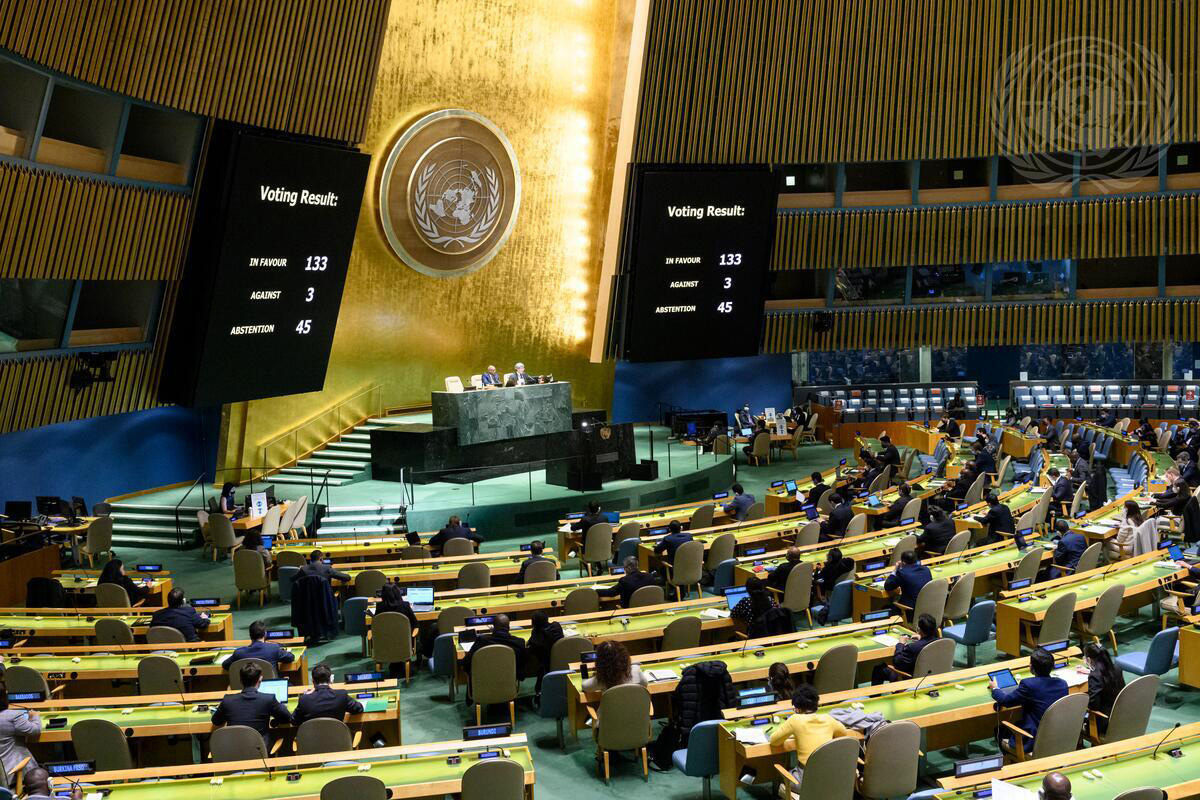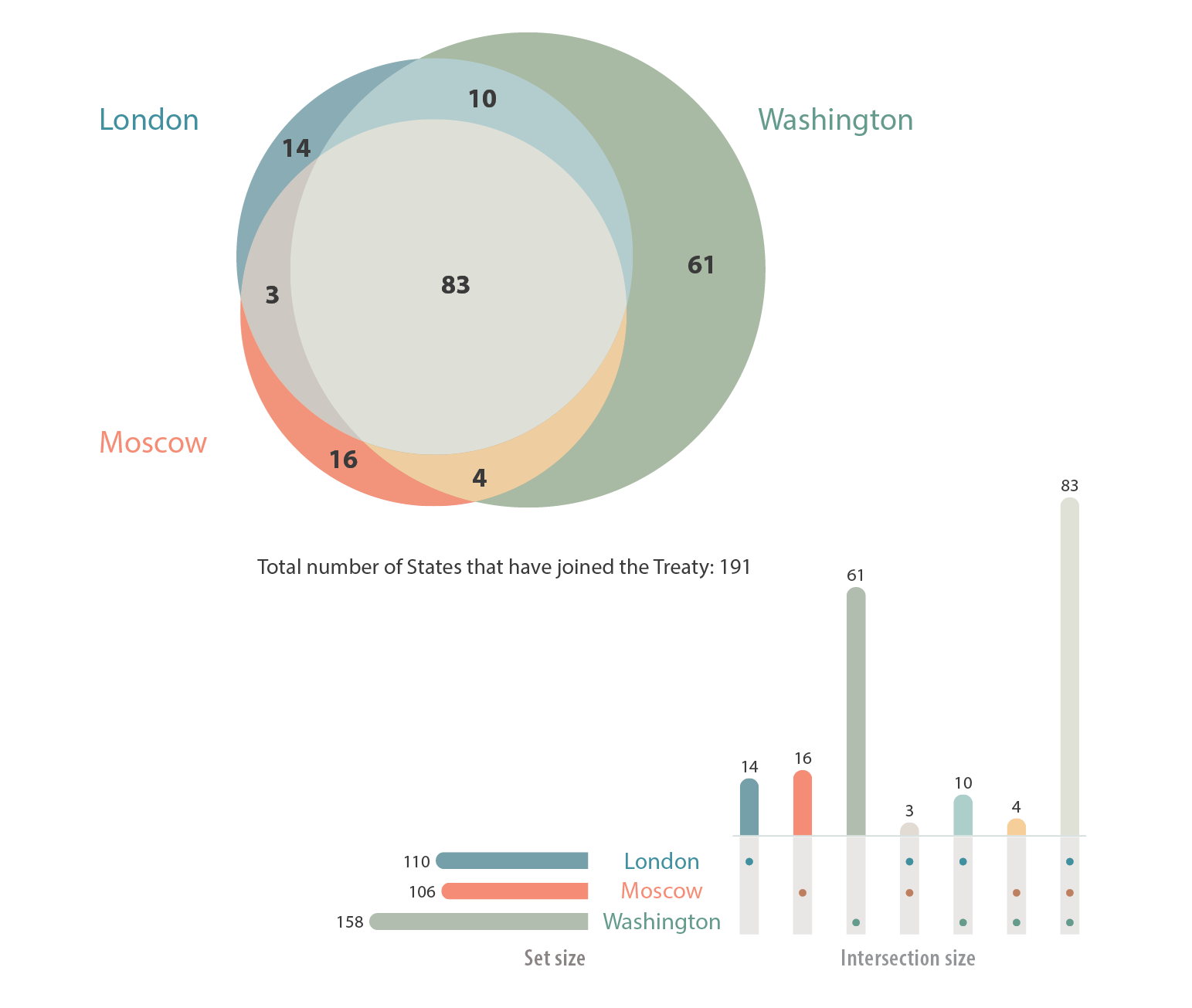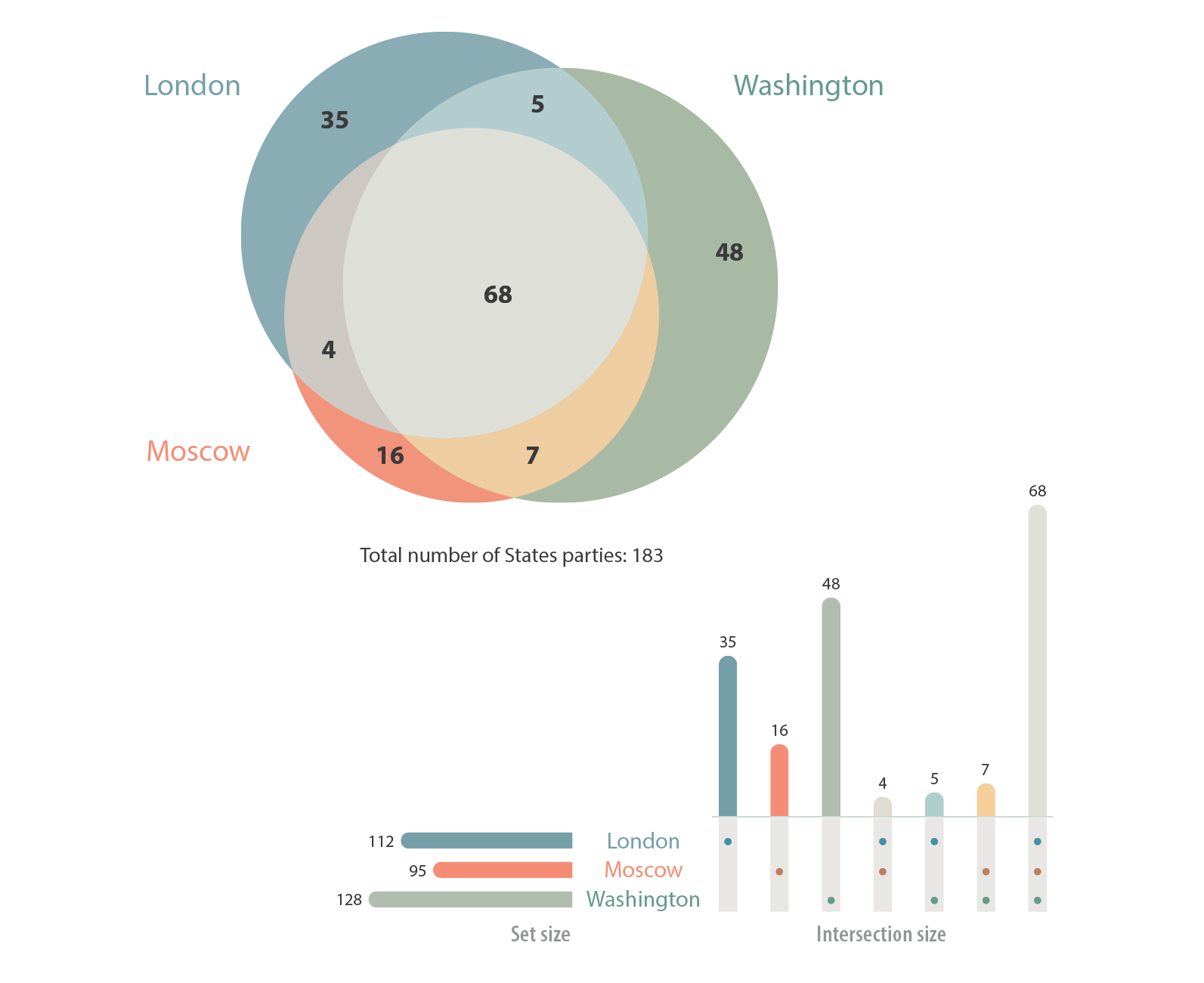In these times of crisis, heightened tensions and conflict, the role of this Committee, and the pursuit of disarmament, non-proliferation and arms control more broadly, is as pertinent as ever. In fact, it is essential.
In 2021, the disarmament machinery continued to face considerable limitations owing to the COVID-19 pandemic, in addition to ongoing negotiation stalemates and organizational challenges.
In New York, the First Committee of the General Assembly convened within its traditional in-person format, concluding its seventy-sixth session with the adoption of 60 draft resolutions and decisions. The Secretary-General’s Advisory Board on Disarmament Matters held two virtual sessions, as scheduled, continuing its two-year programme of work. The Disarmament Commission was unable to hold a substantive session for a third consecutive year.

The General Assembly adopts a resolution on the implementation of the Declaration of the Indian Ocean as a Zone of Peace during the Assembly’s forty-fifth plenary meeting on 6 December 2021. UN Photo/Loey Felipe
In Geneva, the easing of pandemic-related restrictions allowed the Conference on Disarmament to meet in person for most of its 2021 session, but the body remained mired in a stalemate that entered its twenty-fifth year. Despite efforts by three successive presidents of the Conference to re-establish subsidiary bodies created in 2018 on the Conference’s agenda items, States members agreed only to hold thematic discussions on those items.
As States continued to bemoan the persistent inability to reach a consensus on a programme of work for the Conference on Disarmament, the general atmosphere suffered further from the rejection of five observer requests, as well as the refusal of several States to consent to a technical update of the rules of procedure to incorporate gender-inclusive language. In his remarks to the seventy-sixth session of the General Assembly First Committee, Frank Tressler Zamorano (Chile), the last President of the 2021 Conference, cited “deep mistrust” as the reason for the body’s inability to formally acknowledge the equal right of delegates to participate in the forum regardless of gender (for more information, see chap. VI).
More positively, the availability of remote simultaneous interpretation platforms allowed the Office for Disarmament Affairs to organize two thematic events for the Conference, the first on youth and disarmament, and the second on the role of women in international security. The use of virtual platforms by professional translators also facilitated participation in the Conference’s high-level segment, which had the highest number of ministerial-level speakers of any session in a quarter century.
The First Committee contended with the impacts of the pandemic throughout its seventy-sixth session: delegates were not permitted to hold in-person consultations on draft resolutions, and their ability to organize other physical meetings was substantially limited. Nevertheless, the session proceeded with its traditional three-part programme of work, beginning with a general debate, followed by a thematic debate and action on draft resolutions. While States demonstrated a clear interest and willingness to return to traditional modes of working, many also emphasized that the Committee should improve upon pre-pandemic methods.
Despite the challenges posed by COVID-19, the First Committee continued to pursue new proposals. Member States adopted two new resolutions: one tabled by China on promoting international cooperation on peaceful uses in the context of international security (76/234); and the other presented by Argentina and Brazil to commemorate the thirtieth anniversary of the Brazilian-Argentine Agency for Accounting and Control of Nuclear Materials (76/52).
The Advisory Board on Disarmament Matters held two sessions in 2021, as scheduled, continuing a two-year programme of work to reflect on alternative approaches and a potential new vision for nuclear disarmament and arms control. Meeting virtually in February and June, the Board discussed possible ways to revitalize and modernize the disarmament architecture and machinery, particularly in the context of an international security landscape characterized by growing political and technological complexity. Drawing from its in-depth deliberations, the Advisory Board outlined a series of key recommendations: (a) to mobilize the support of Member States to reinvigorate nuclear disarmament and arms control; (b) to reduce siloed approaches and creating a better understanding of the interlinkages between evolving technological capabilities and emerging challenges across a wide range of arms control issues, including the risk of the use of nuclear weapons; and (c) to ensure that actions by the United Nations system will enable the development of creative, yet realistically achievable, new approaches towards achieving the common goal of nuclear disarmament.


For many multilateral treaties related to disarmament, the United Nations Secretary-General is the depositary accepting instruments of ratification or accession. Even in instances in which the depositary function belongs to States, the United Nations plays a vital role in consolidating information from those States in the Disarmament Treaties Database. Through the database, the United Nations presents a full picture of the universality of a given treaty.
The Nuclear Non-Proliferation Treaty and the Biological Weapons Convention, both adopted within the framework of the Conference on Disarmament, are two examples of how the Disarmament Treaties Database presents consolidated information. For both treaties, the depositary States are the Russian Federation, the United Kingdom and the United States. The infographics above show that States parties do not always deposit their instruments of ratification or accession with all three depositary States. The majority of States parties submit instruments to only one or two depositary States. Of the 191 States that joined the Nuclear Non-Proliferation Treaty, only 83 States, or 43 per cent, submitted to all three depositary States. In the case of the Biological Weapons Convention, 68 of 183 States parties, or 37 per cent, submitted to all three depositary States. Therefore, lists of the depositary States do not present a complete picture (e.g., the United Kingdom’s list of States that joined the Nuclear Non-Proliferation Treaty contains only 110 of the 191 States that have joined the Treaty). The Database combines the lists of the depositary States to present the complete list and calculate the total number of States parties.